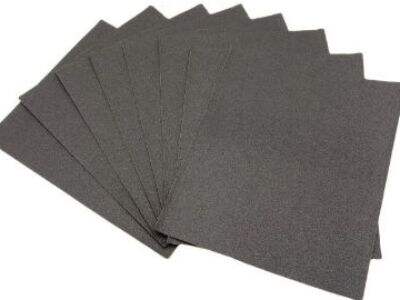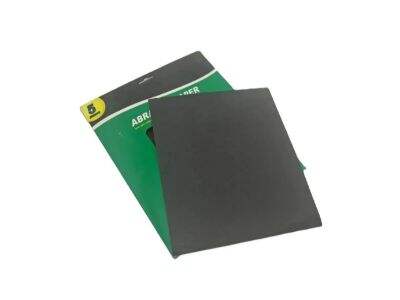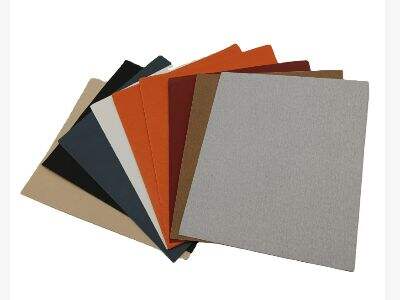It is a tool that helps to make rough surfaces smooth. If you take a look at some sandpaper, you may see some numbers on it. These numbers are significant since they indicate how rough or smooth the sandpaper is. Understanding what these numbers represent will help you choose the right sandpaper for your project.
What Do the Numbers Mean?
Often, you can find a sandpaper grit chart that gives you various numbers and breaks down what they are. The numbers are a guide to how coarse or fine the sandpaper is. The higher the number, the softer the sandpaper. This means for something like a 60 it is very rough. But a number like 220 indicates that it is significantly smoother.

Common Sandpaper Numbers
Let’s look at some of the common numbers you might see on sandpaper. A low number, such as 60 or 80, indicates very rough sandpaper. It is useful for difficult tasks such as removing old paint or rust. A 120- or 150-acid medium number is a bit smoother. It’s great for smoothing rough wood or prepping surfaces for painting. Something like 220, 320 is very smooth. Then it is great for applying final touches and smoothing out surfaces.
How to Use the Sandpaper Grit Chart?
The sandpaper grit chart will display a number range when you check it. This might seem confusing at first, but it is fine! Just keep in mind that the lower numbers are honky, the medium numbers are sort of in between, and the higher numbers are smooth. If you must remove a lot of materials, start with a rough grit (60 or 80). Then you step to a medium grit such as 120 or 150 to refine things. Lastly, use a fine grit such as 220 or 320 for a very smooth surface.
Why Are the Numbers Different?
Sanding Sandpaper — Why Does Sandpaper Have Numbers? The numbers indicate the size of the fine particles on the sandpaper. An abrasive would be a rough spot or sandpaper and sandpaper would come in various grades of coarseness; rough sandpaper has larger particles, smooth sandpaper has fine particles. As you work the sandpaper over a surface, the particles scratch off bumps to make it smoother. So, the larger the numeral, the smaller the particles, and the smoother that surface will be.

Introducing the Piece of Wood Sandpaper
If you are new to working with sandpaper, the grit used can make or break your project. For more challenging tasks, such as sanding down a piece of old furniture, Begin with a number that’s on the low side, such as 60 or 80. To smooth wood or prepare surfaces for paint, use something medium grit like 120 or 150. And for final touches and polishing a super smooth surface, use a high grit like 220 or 320.
When it comes to sandpaper, the numbers are really just a secret code to help you figure out the right tool for the job. When you know what these numbers mean, you can approach any project with confidence. So, the next time you grab a piece of sandpaper, check the numbers and select the grit that’s perfect for you. Happy sanding!
 EN
EN
 AR
AR
 NL
NL
 FR
FR
 DE
DE
 KO
KO
 PL
PL
 PT
PT
 RU
RU
 ES
ES
 AF
AF
 LA
LA


